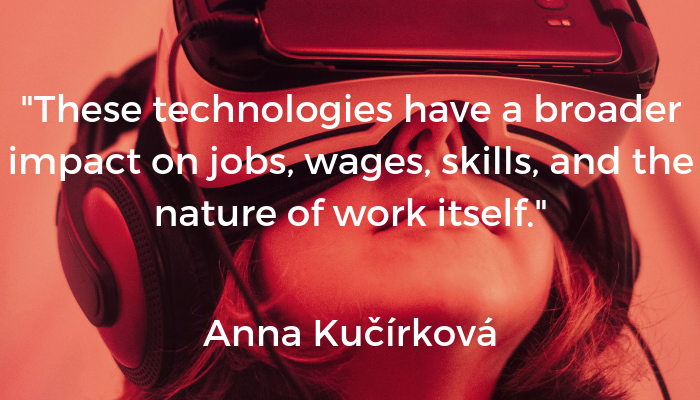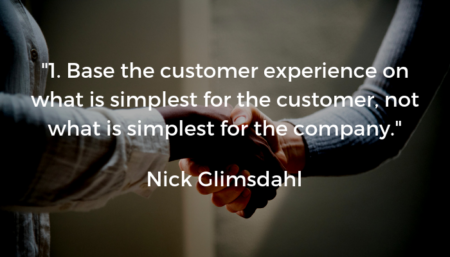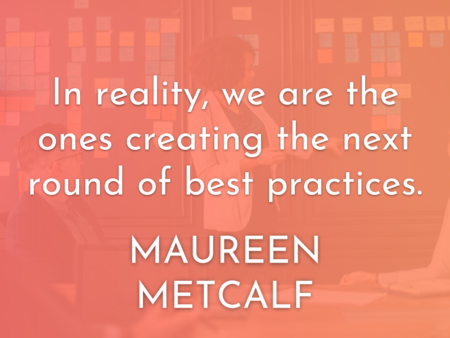Who is More Charismatic–Putin or Zelensky? Does It Matter?
This week’s article, written by Maureen Metcalf, analyzes research data provided by John...
Read Moreby VoiceAmerica | Mar 22, 2022 | Business | 0 |
This week’s article, written by Maureen Metcalf, analyzes research data provided by John...
Read Moreby VoiceAmerica | Feb 28, 2022 | Business | 0 |
This week’s article is provided by Faris Alami, Founder and CEO of ISM. It is a companion to the...
Read Moreby VoiceAmerica | Feb 16, 2022 | Business | 0 |
This week’s article is written by Peter Cunningham, Head of Leadership at the Geneva Center for...
Read Moreby VoiceAmerica | Feb 7, 2022 | Business | 0 |
This week’s article is written by Lord John Alderdice, a sitting member of the House of Lords. It...
Read Moreby VoiceAmerica | Feb 10, 2021 | Business | 0 |
To receive these weekly articles, subscribe here. This blog is provided by Ron Riggio, author and...
Read Moreby VoiceAmerica | Jan 26, 2021 | Business | 0 |
To receive the weekly blogs via email, please sign-up here. This blog is provided by Margaret...
Read Moreby VoiceAmerica | Jan 15, 2021 | Business | 0 |
To receive the weekly blogs via email, please sign-up here. This blog is provided by Jacob Morgan...
Read Moreby VoiceAmerica | Dec 3, 2018 | Business, VoiceAmerica | 0 |
This blog is a guest post by Anna Kucirkova as a companion to the October 30 Voice America show...
Read Moreby VoiceAmerica | Nov 8, 2018 | Business | 0 |
This post by Nick Glimsdahl is the companion to an interview with Michelle Harrison, CEO of Kanter...
Read Moreby VoiceAmerica | Sep 6, 2018 | Business | 0 |
I had lunch with colleagues today to discuss the changes they are facing in their organization....
Read More










